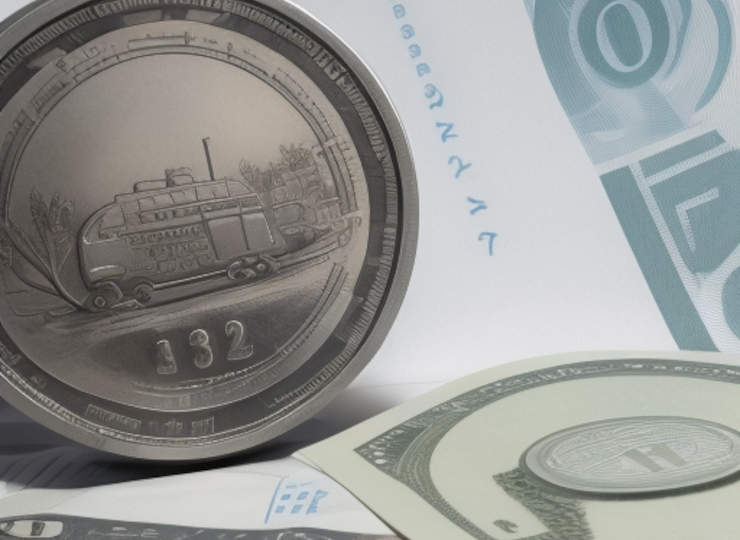文字のサイズ
- 小
- 中
- 大
What happens after currency intervention?
US CPI figures are lower than expected.

Currently, the market is beginning to factor in three US interest rate cuts before the end of the year. Currency intervention took place in this situation.
The possibility of dollar weakness in the euro-dollar and pound-dollar has increased a little, but it was still assumed that the dollar would be supported by a strengthening of the cross-yen. Therefore, it seems that Treasurer Kanda is watching the market closely, as he has shown a willingness to intervene in the Euro-Yen currency as well.
Fundamentally, it is becoming increasingly difficult for the yen to remain strong, but we would not be surprised if there is a swing back to a stronger yen over the next month or so. In particular, the BOJ policy meeting at the end of the month is expected to be hawkish to some extent.
Before that, the RBNZ (Reserve Bank of New Zealand) decided to leave policy unchanged at its policy meeting, but a sentence in the statement saying that ‘the degree of tightening will ease over time in line with expected lower inflationary pressures’ sold off the New Zealand dollar.
However, the NZ dollar decline did not spread to other currency pairs. The Australian dollar remained stable. A shift in the dovish direction is in sight with the focus on Chairman Powell’s congressional testimony, but there is no way that Powell will testify explicitly on the possibility of a September rate cut.
Dollar/Yen may be back in the near-term.
Translated with DeepL.com (free version)






